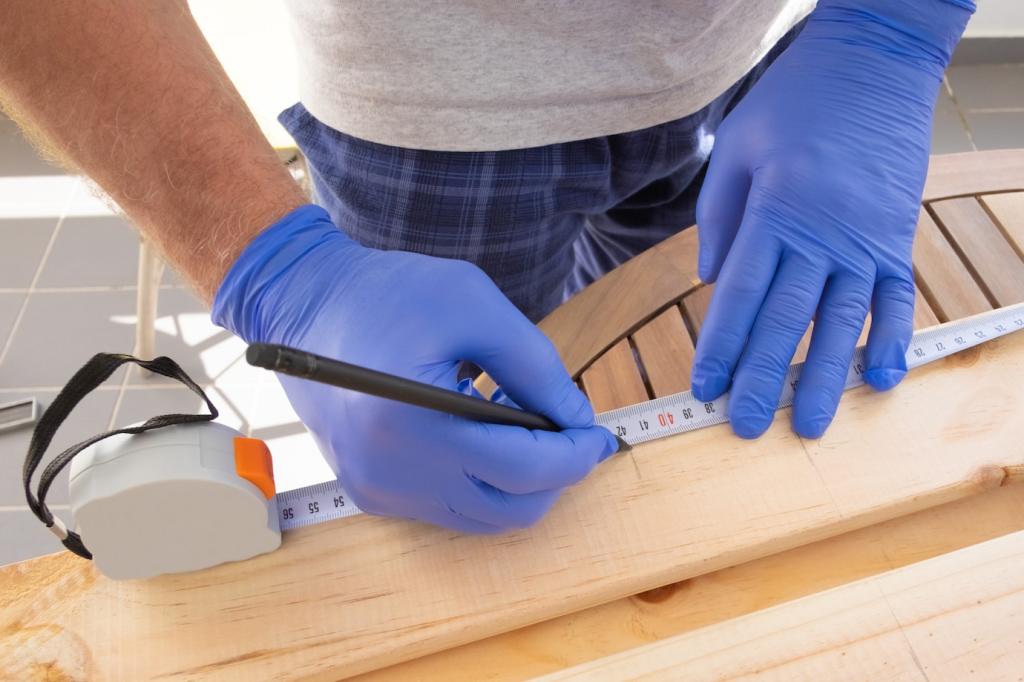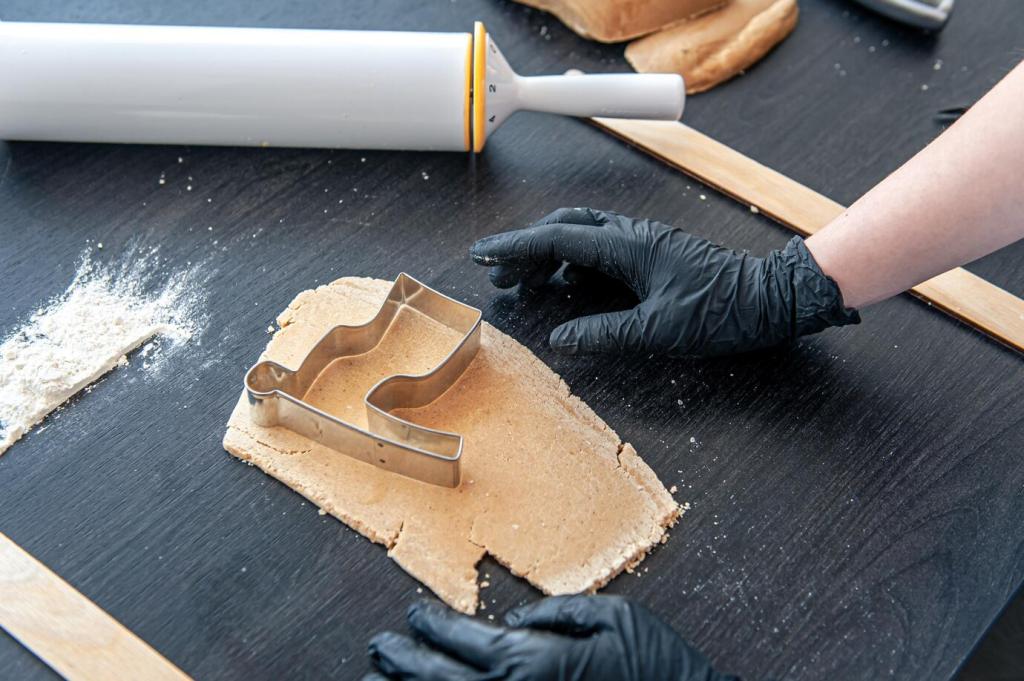
Chosen Theme: Tricks for Durable and Long-Lasting Wooden Furniture
Today’s randomly selected theme is “Tricks for Durable and Long-Lasting Wooden Furniture.” Step into a workshop of practical wisdom, battle-tested routines, and friendly stories that help your favorite pieces age with grace. Subscribe for fresh tips and share your own heirloom-saving secrets in the comments.
Know Your Wood: Movement, Moisture, and Longevity
Seasoned Lumber and Moisture Meters
Use a moisture meter and aim for indoor moisture content around 6–9%, depending on climate. Let boards acclimate on stickers for a week or two before assembly. Proper seasoning slows checking, helps glue bond consistently, and sets the stage for long-lasting furniture.
Designing for Expansion
Build with wood’s seasonal movement in mind. Use frame-and-panel construction, breadboard ends on tabletops, and elongated screw holes for tops. Avoid cross-grain glue-ups that force wood to fight itself. Pieces that move freely last longer with less stress.
Seal All Sides, Not Just the Show Face
Finish every surface—including undersides and inside faces—to balance moisture exchange. Back-priming panels and prefinishing panel edges reduce cupping and warping. Even coverage keeps humidity changes from twisting your furniture’s shape over years of service.
Penetrating Oils With Maintenance Plan
Pure tung oil, polymerized oils, or hardwax oils soak into fibers and highlight grain. They’re repairable and forgiving, but need periodic refreshes. Schedule a gentle re-oil annually, buff to a warm sheen, and your surfaces will stay resilient without plastic build.
Film Finishes for Heavy Use
For kitchen tables or kid-proof durability, consider polyurethane or conversion varnish. Lay down several thin coats, allow proper flash times, and respect full cure—often a week. Film finishes protect from abrasion and moisture, especially on edges and end grain.
Mortise-and-Tenon with Mechanical Backup
A well-fitted mortise-and-tenon offers a large long-grain glue surface. Drawbored pegs or wedges add mechanical strength that outlasts glue lines. Consider hide glue for repairability; it creeps less and lets future you reverse joints without destruction.
Dovetails and Proper Grain Direction
Dovetailed drawers resist racking and pull-out forces. Use quarter-sawn sides to minimize seasonal sticking. Align grain to share loads, not fight them. These classical tricks deliver quiet durability that keeps drawers sliding sweetly for generations.
Modern Fasteners, Traditional Wisdom
Threaded inserts and machine bolts let you retighten legs without chewing wood fibers. Figure-8 fasteners or Z-clips attach tops while allowing movement. Pilot holes and proper torque prevent splits. Blending modern hardware with old-school knowledge keeps furniture serviceable.
Daily Care Rituals That Actually Work
Dust with a microfiber cloth and use a pH-neutral soap solution for sticky spots. Avoid ammonia and silicone-laced sprays that smear or interfere with future refinishing. A thin coat of paste wax quarterly adds slip, sheen, and a sacrificial barrier.
Keep indoor relative humidity around 40–55% to reduce cracks and swollen joints. A small digital hygrometer guides adjustments. Humidifiers in winter and dehumidifiers in humid summers keep wood comfortable, reducing seasonal stress that shortens furniture’s working life.
Use trivets for hot dishes and allow finishes to fully cure before heavy use. Rotate lamps, vases, and decor monthly to avoid ghosting or uneven fading. These tiny rituals slow wear patterns and preserve color across the entire surface.

Repair Before Replace
Test for racking by gently pressing corners diagonally. Mark movement, disassemble carefully, and reglue with appropriate adhesive—hide glue for antique repairs, PVA for fresh wood. A quick tune-up today prevents costly structural failures tomorrow.


Repair Before Replace
Steam out dents with a damp cloth and a warm iron, and lift white rings with controlled heat or specialized polish. Blend color using wax fill sticks, then re-wax. Fast, respectful fixes maintain character without erasing a piece’s story.
Choosing Species and Sources That Age Gracefully
01
Match Species to Task
Maple and white oak excel in high-traffic, high-wear surfaces thanks to hardness and closed grain. Teak thrives outdoors with natural oils. Consider Janka hardness, tannins, and pore structure when assigning roles. The right wood resists abuse gracefully.
02
Quarter-Sawn and Stability
Quarter-sawn boards resist cupping and show beautiful medullary rays in white oak. Traditional makers used them for tabletops and door frames because stability matters. Borrow their wisdom to keep wide panels flat and reliable through moody seasons.
03
Sustainable, Traceable Lumber
FSC-certified or reclaimed lumber pairs ethics with endurance. Air-dried stock often moves gentler; kiln-dried offers consistency. Ask suppliers about origin and drying schedules. Share your favorite responsible sources so the community can build durable furniture with a clear conscience.
